-
THE NATIVE
-
THE OFFICIAL
-
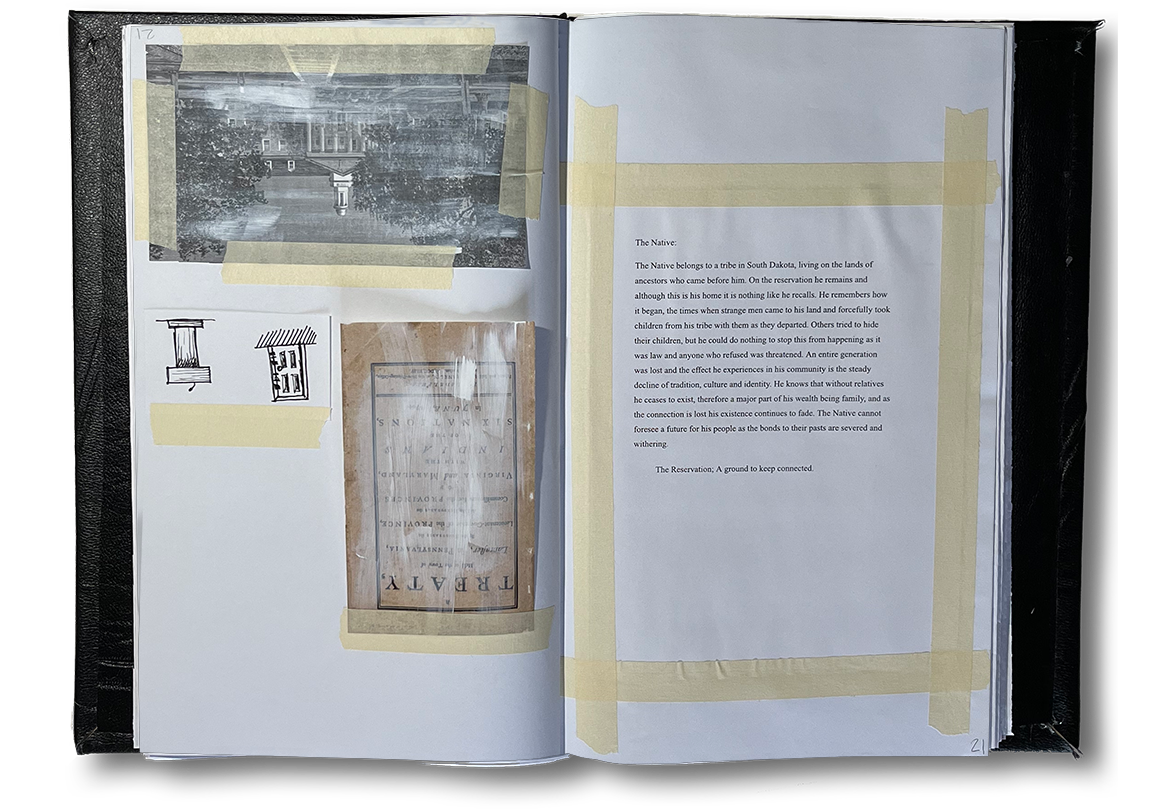
-
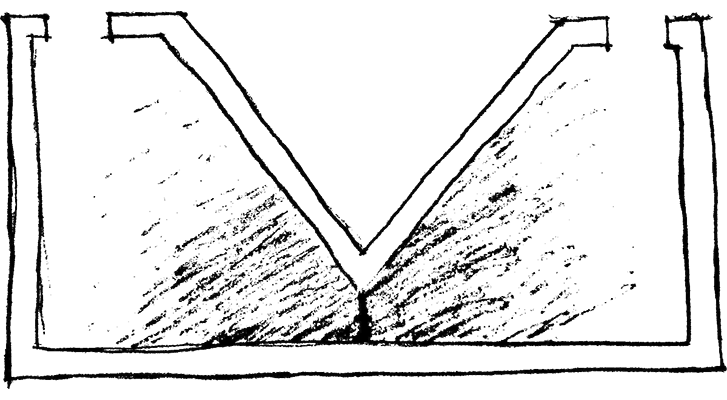
-
#21 titled The Doorway shows two rooms separated by a single door with the ceiling lowering to meet in the middle between the rooms. This drawing references the refusal to recognize the injustices done in these residential schools by certain governmental powers. This recognition is the pivotal piece that could begin the healing and reconciliation of the communities. Additionally the drawing references The Treaty with the Six Nations which was the agreement signed by the Iroquois tribe, including the Tuscaroras, the Mohawk, the Onondaga, the Oneida, the Seneca, and the Cayuga, relinquishing control of their native lands and beginning the divide between natives and colonizers.
-
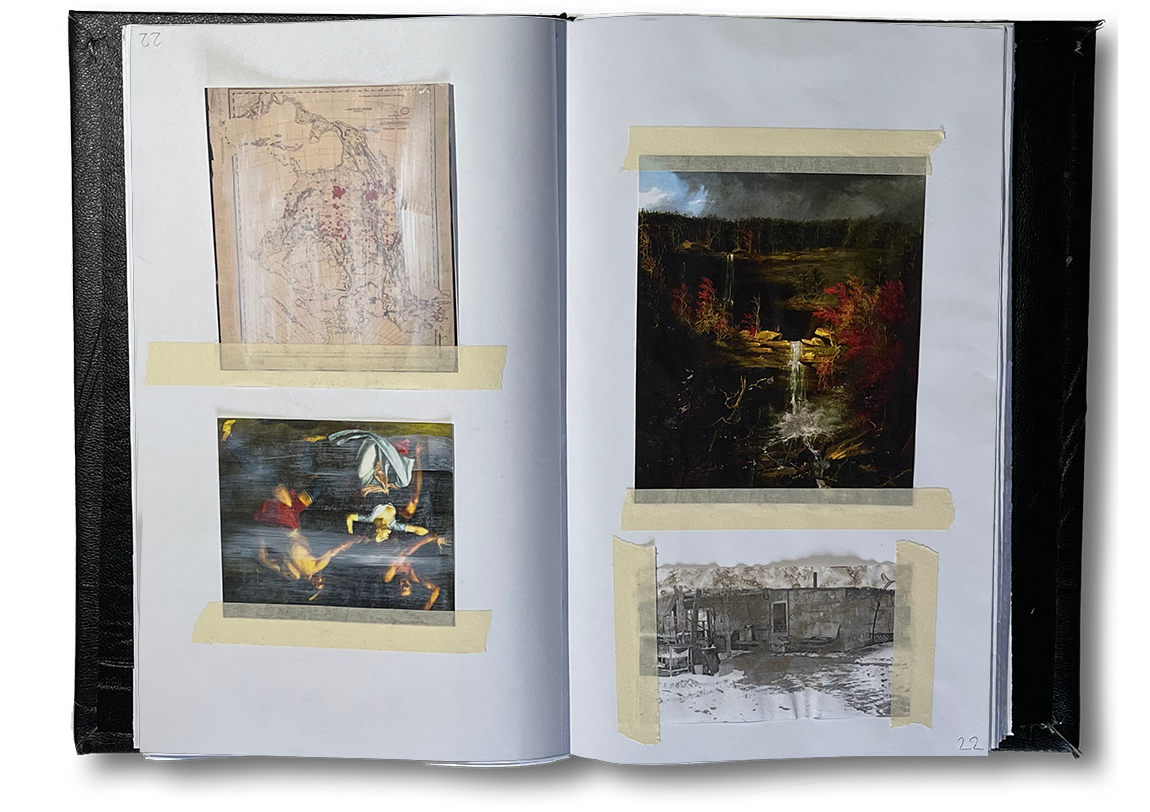
-
#22 titled The Plot shows the building upon, obscuring, and mutilating of the natural land. This drawing references the overall assumption of native land by colonizers but also points to the current conditions of reservations. That which was once natural and beautiful is now manufactured and poor. Pine Ridge Reservation is an example of such poverty, where many people are forced to live in mobile or even cardboard homes as many of the resources that were once available to them are now restricted or discarded.
-

-
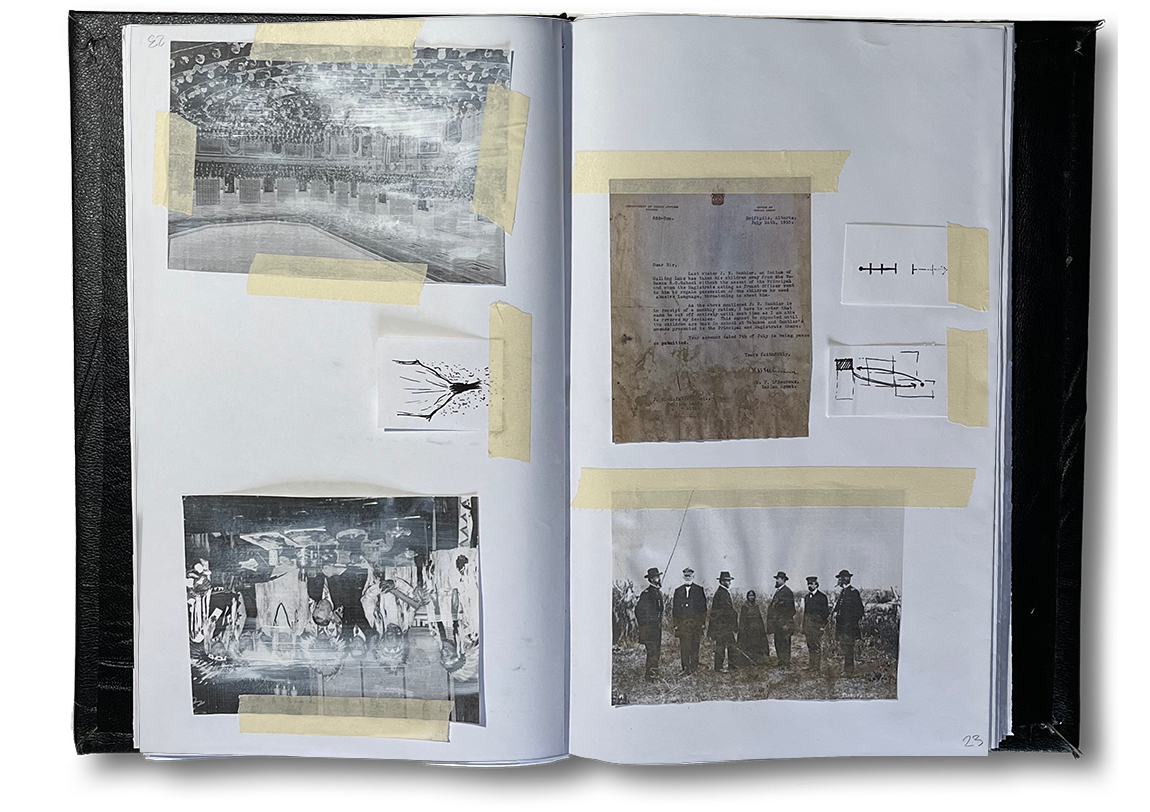
-

-
#23 titled The Office shows a tapered room, narrow at one end and wide at the other with multiple walls restricting the movement from one space to the other. The restriction illustrated in the drawing refers to the endless bureaucratic paperwork and constant barriers needed to surpass before recognition of the continued native struggle is reached. Specifically, there was an attempt in the form of The Indian Reorganization Act, in 1934, which would restare a large amount of native lands but lacked sufficient political structure and failed to generate economic progress resulting in the reversal of the act.
-
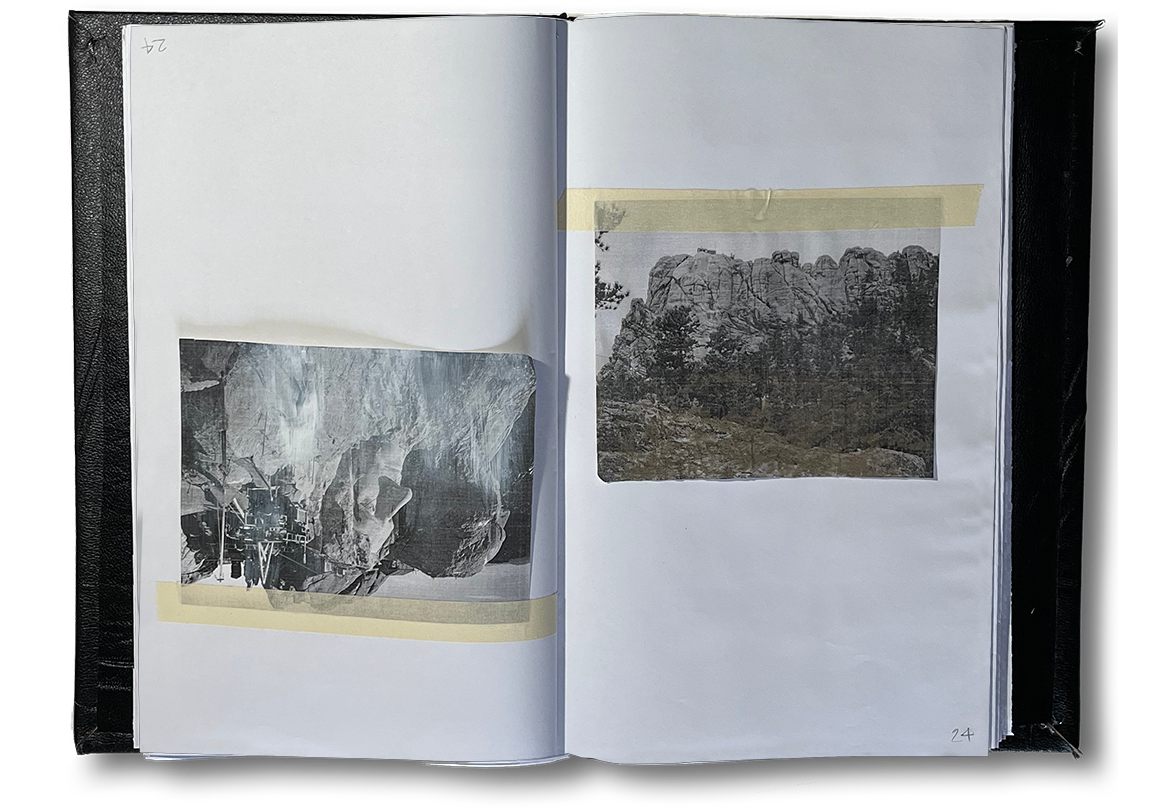
-
#24 titled The Sculpture shows the chiseling away of material, achieving a final slender and uniform figure. This drawing references the molding and shaping of native american children into white culture through residential schools, and consequently losing their own. Additionally, the drawing parallels the history of Mt. Rushmore as it was originally called The Six Grandfathers Mountain, meant as a place for prayer and devotion, until it was seized by the United States government for carving and mining.
-

-
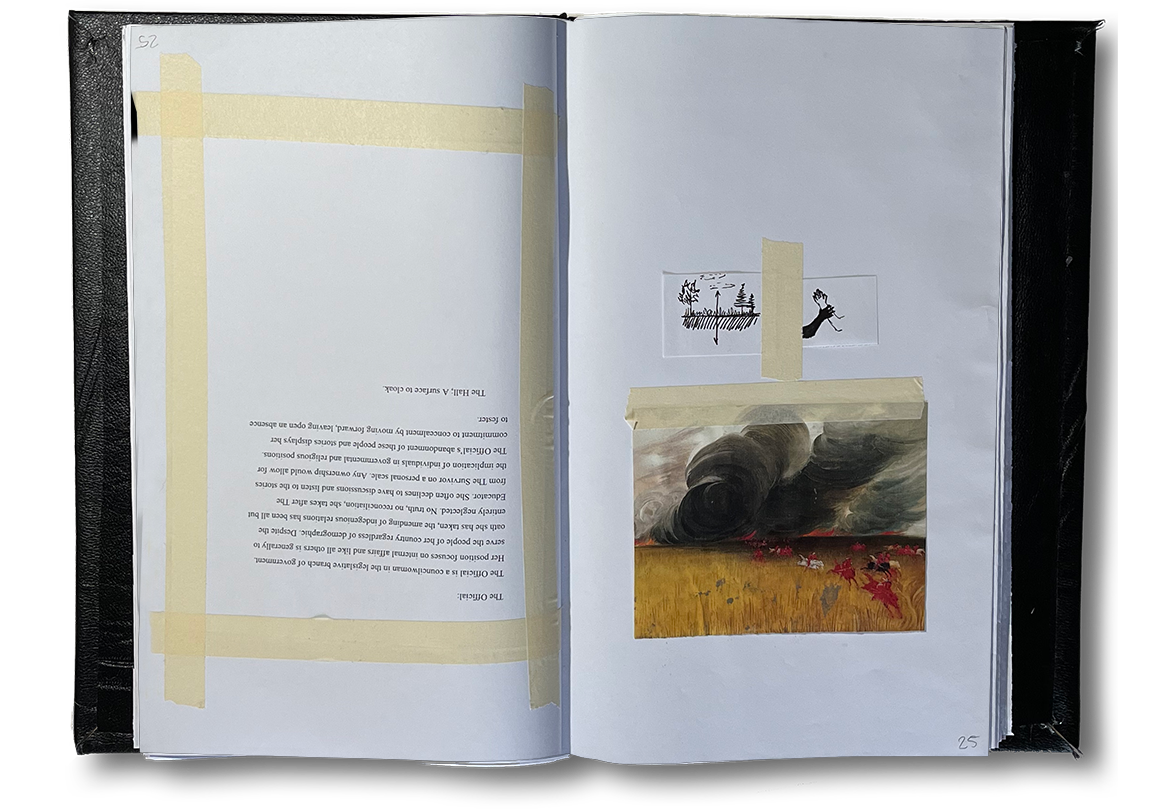
-

-
#25 titled The Well shows the definition between the above and below ground, establishing the connection through the hole drilled into the earth. This drawing references the functionality of a well as it reaches down within the ground to retrieve water and bring it to the surface. It breaks the continuous surface of the ground to expose, reveal and carry up what is below as a significant resource.
-
Back